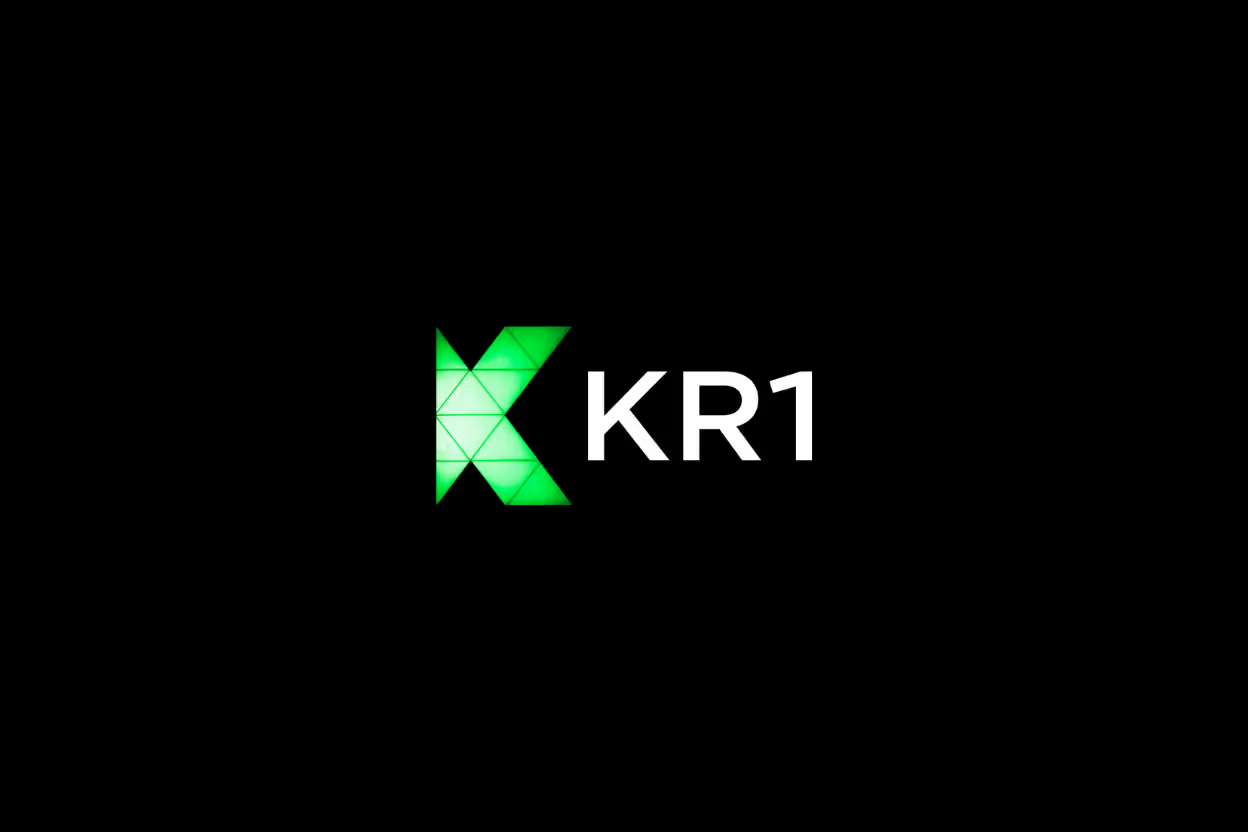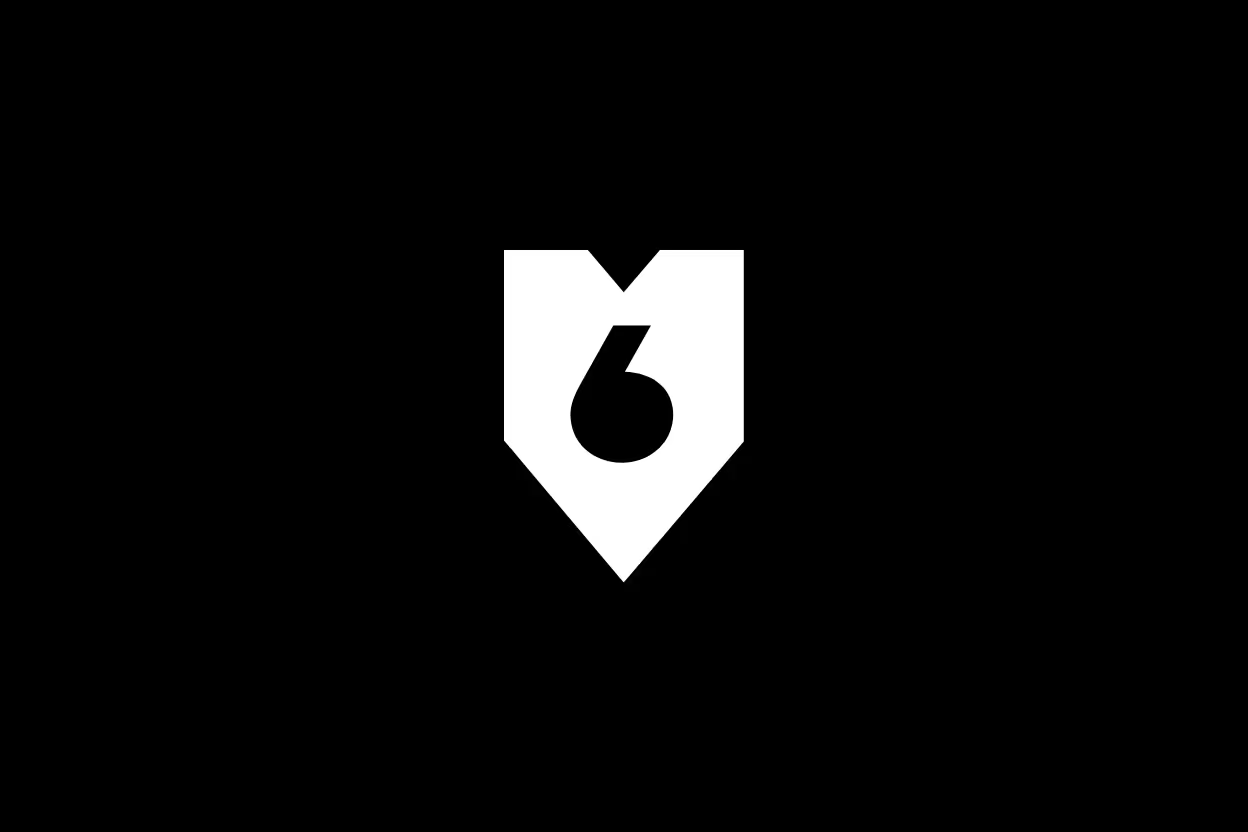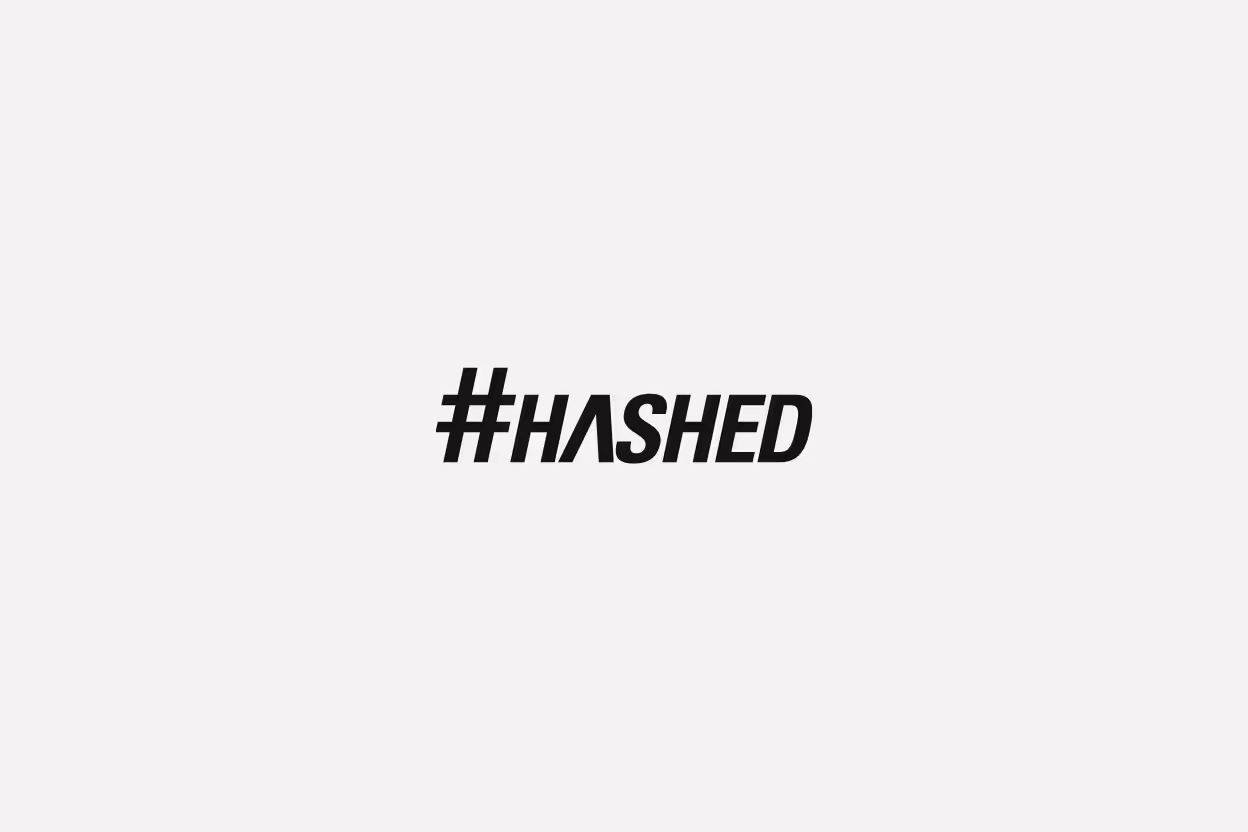Web3 domains are no longer just a way to personalize your crypto address or show off a catchy name. They’ve become essential tools in the blockchain space, offering practical uses that go well beyond vanity. Founders and VCs should pay attention to how these domains are shaping ownership, identity, and business models in decentralized networks.
From simplifying payments to enabling secure logins, Web3 domains serve real functions that support growth and trust in blockchain projects. Understanding these uses helps investors and creators make smarter decisions about the evolving ecosystem. This post will cover what’s driving the value of Web3 domains today and why they deserve a closer look.
Understanding Web3 Domains Beyond Vanity
Web3 domains represent more than just stylish names or personalized crypto addresses. To see their real potential, it pays to understand how they differ from the domains we've known for decades. This context helps clarify why these domains matter far beyond appearances — they alter who holds power over the internet experience and how identity is shaped online.
Difference Between Traditional and Web3 Domains
Traditional domains like .com or .net operate on centralized systems controlled by registrars and authorities. This means:
- Centralized control: A few organizations approve, sell, and manage domain names.
- Susceptible to censorship: Domains can be seized or taken down due to legal or political pressure.
- Limited ownership: You lease a domain name annually but rarely truly own it.
Web3 domains flip this model by using blockchain technology. This change brings three clear advantages:
- Decentralization: Domains are stored on public blockchains like Ethereum, removing middlemen. No single entity governs or can alter the status of your domain.
- Censorship resistance: Since the blockchain is immutable and distributed, your domain can't be seized or censored by governments or companies.
- True ownership: You hold your domain in a wallet via a private key. This setup makes you the undeniable owner, not just a renter.
This shift means Web3 domains act more like digital assets or property than traditional website addresses. They give users control rarely seen in the internet’s current structure.
Why Ownership Matters in Web3 Domains
Owning a Web3 domain gives you full control over a digital asset, but it also transforms how you manage your identity, privacy, and assets online.
- You control all rights and management with your private key. No renewal fees mean you own the domain indefinitely, unlike traditional domains.
- This ownership extends to controlling where the domain points: crypto wallets, websites, content, or even identity profiles.
- Ownership helps protect your digital identity by tying your online persona to a verifiable asset you control, not a platform that can ban or erase you.
- Your privacy improves because you need fewer third parties to verify or host your data. This can lead to fewer instances of personal data leaks or targeted censorship.
- It opens doors for new use cases such as decentralized logins, simplifying payment addresses, and connecting decentralized apps (dApps) under one recognizable identity.
Think of Web3 domain ownership like having a deed to your digital home rather than renting an apartment. It’s yours to manage, protect, or trade as you see fit. This level of control brings long-term value that goes well beyond just choosing a cool name.
Understanding these core differences and ownership benefits lays the groundwork for seeing why Web3 domains have practical, lasting value. They are foundational assets in the new decentralized internet economy—not just vanity tools.
These insights also tie closely into how blockchain projects approach identity and asset management, a topic worth exploring deeper in related discussions.
Practical Use Cases for Web3 Domains
Web3 domains are more than just clever names. They solve real problems seen across the crypto space today. These domains make complex processes simpler and open new possibilities for managing identity, security, and access control on the blockchain. Below, we explore how Web3 domains are used beyond vanity, revealing their practical value in everyday blockchain interactions.
Simplifying Crypto Payments and Wallet Addresses
Imagine sending money to someone, but instead of typing a long, confusing string of letters and numbers—sometimes over 40 characters—you just enter a human-readable name like yourname.eth. That’s what Web3 domains do. They replace complicated wallet addresses with simple, memorable names.
This reduces the risk of errors that happen when copying or typing long addresses. Mistakes can be costly in crypto transfers, leading to lost funds. By using a Web3 domain, you avoid these errors almost entirely.
Many popular wallets and exchanges have started adopting this system. Ethereum Name Service (ENS) domains, for example, are supported by MetaMask, Coinbase Wallet, and even exchanges like Binance, making sending and receiving crypto as easy as sending an email.
Key benefits include:
- Easy to remember and share addresses.
- Less chance of lost funds from mistyped addresses.
- Streamlined payment experience across multiple platforms.
Decentralized Websites and Hosting
Web3 domains allow anyone to host websites that aren’t controlled by traditional registrars or governments. Instead of relying on centralized authorities, these domains link to decentralized storage systems like IPFS (InterPlanetary File System). This creates websites that are much harder to censor or take down.
In practice, this means your site can remain online even if powerful organizations want to block it. It puts control firmly in the hands of the domain owner.
This censorship resistance is crucial for free speech, activism, and projects that require trustless hosting. Since the domain registration and hosting operate on blockchain and distributed systems, traditional takedown mechanisms don’t apply.
Advantages of decentralized websites:
- Protection from censorship and domain seizures.
- Increased transparency since content is stored publicly.
- Long-term availability without relying on single providers.
Enhanced Digital Identity and Authentication
Web3 domains serve as more than just web addresses—they can act as your verified digital identity across many decentralized apps (dApps). Instead of handling usernames and passwords separately for each app you use, a single Web3 domain can link your identity in one place.
This opens the possibility of single sign-on (SSO) for dApps, simplifying access and boosting security. By proving ownership of your Web3 domain through your wallet’s private keys, apps verify who you are without traditional login credentials.
Linking your Web3 domain to your online reputation, credentials, or social accounts creates a portable, verifiable identity you fully control. This reduces dependency on centralized platforms that can limit or delete accounts.
Key features include:
- One domain to manage your identity across many services.
- Reduced friction with unified login.
- Increased security by removing passwords and shared databases.
Token-Gated Content and Membership Access
One of the more creative uses for Web3 domains is controlling access to exclusive content or communities. Since these domains live on blockchains, they can be programmed to recognize ownership of certain tokens or NFTs.
Think of your Web3 domain as a digital key. If someone owns the right token, they gain access to premium features, private forums, or special editions of content. This method ensures that membership and access rules are transparent and trustless.
Platforms use this approach to build real scarcity and reward ownership. It turns your Web3 domain into a gateway for experiences that only token holders can enter.
How token-gated access works:
- The domain checks the blockchain for token ownership.
- If the user holds the token, it grants them access.
- If not, access is denied or redirected to public content.
This opens new business models and deeper engagement for projects looking to connect with true community members.
Web3 domains are proving their worth by solving practical problems with simple, powerful solutions. From reducing the hassle of crypto payments to redefining online identity and access, these domains are quickly becoming more than just names—they're essential tools for working and building on the blockchain.
Business and Investment Implications of Web3 Domains
Web3 domains are reshaping how businesses think about their online presence and investments. These domains go beyond a simple name or address in the crypto world—they play a strategic role in brand security, open new market channels, and create fresh opportunities for asset growth. But alongside these benefits, they bring unique challenges that businesses must navigate carefully.
Brand Protection and New Market Opportunities
In the decentralized web, brand control takes on a new dimension. Traditional domain names are vulnerable to takeovers or legal disputes. With Web3 domains, businesses gain direct ownership through blockchain technology, making it nearly impossible for competitors or bad actors to hijack their names. This:
- Shields brands from censorship and domain seizures.
- Allows market entry into the expanding decentralized ecosystem.
- Gives companies a unique, verifiable identity tied to blockchain addresses.
Beyond protection, Web3 domains unlock opportunities for businesses willing to innovate. Think about expanding presence into NFT marketplaces, Web3 wallets, and dApp integrations where a domain acts as both a brand signal and a functional tool. It’s not just about owning a name—it’s about creating a recognizable anchor in new digital spaces.
Web3 Domains as Digital Assets
Have you considered how these domains function as valuable assets? Web3 domains are minted as NFTs, so they carry inherent liquidity and can be bought, sold, or transferred freely on blockchain marketplaces. This turns a domain into:
- A tradable investment whose value can increase.
- An asset that can be monetized by resale or leasing.
- A portfolio addition for investors looking to diversify into blockchain-based property.
Because each domain is unique and secured by the blockchain, the market assigns value based on factors like memorability, brand appeal, and utility. As Web3 adoption grows, demand for desirable domains is likely to rise. This creates an environment where savvy investors and businesses can capitalize on appreciating digital real estate.
Challenges and Risks for Businesses
Despite these advantages, businesses must be cautious with Web3 domains. Regulatory landscapes remain unsettled. Different jurisdictions have varying approaches to NFTs and crypto assets, which could affect ownership rights and taxation. Additionally:
- Market volatility means domain prices can fluctuate sharply.
- Technical integration requires specialized development to connect domains with wallets, websites, or dApps.
- Risks around lost private keys create potential permanent access loss.
- Scalability and user experience issues can slow adoption within mainstream audiences.
Balancing these risks requires informed strategies and sometimes patience. For early adopters, understanding these business risks upfront is as important as recognizing the upside. Effective risk management ensures that Web3 domains add lasting value rather than unexpected setbacks.
This section highlights how Web3 domains offer companies and investors powerful tools but also demand thoughtful attention to challenges. Managing these assets well lets businesses tap into new markets while protecting their brand with on-chain ownership.
Questions Founders and VCs Commonly Ask About Web3 Domains
When founders and VCs consider investing in or building with Web3 domains, several important questions arise. These domains represent a shift from traditional internet assets, and understanding their security, costs, compatibility, and value is critical for making informed decisions. Below, we address the most common concerns to shed light on how these domains work in practice and where they fit within broader business and investment strategies.
How secure are Web3 domains compared to traditional domains?
Security is often the top priority. Web3 domains benefit from blockchain’s decentralized design, meaning no central authority controls or can seize the domain. Unlike traditional domains, which rely on registrars that can be hacked or pressured by governments, Web3 domains are held in wallets secured by private keys. This setup offers higher resistance to censorship and takeovers.
However, security shifts to individual key management. If you lose your private key, you lose access to the domain permanently, with no central support or recovery options. Also, smart contract vulnerabilities or bugs could pose risks depending on the domain provider’s technology.
Key points:
- Ownership tied to cryptographic keys strengthens security.
- No centralized party means fewer points of failure.
- User responsibility for private key safety grows.
- Security depends partly on blockchain network integrity.
This suggests a trade-off: you gain control and censorship resistance but must manage your keys carefully, unlike traditional domain renewals and recovery mechanisms.
What are the ongoing costs and management challenges?
Unlike traditional domains, which involve yearly renewal fees, many Web3 domains require a one-time purchase or occasional renewal at lower fees. But this varies with the provider and blockchain used. For example, Ethereum-based domains might involve gas fees for transfers or updates, adding cost complexity.
Management-wise, users must interact with blockchain wallets and interfaces. This may introduce a learning curve if you’re unfamiliar with wallets or transactions. Another challenge is ensuring your domain records are updated properly on-chain, which doesn’t happen automatically like traditional DNS.
Consider these ongoing factors:
- Gas fees or blockchain transaction costs for changes.
- One-time or infrequent renewal fees depending on the protocol.
- Managing private keys and wallet security.
- Technical knowledge needed for on-chain record updates.
For businesses, this means budgeting carefully for maintenance and investing in expertise or tools to simplify domain management.
Can Web3 domains integrate seamlessly with existing Web2 infrastructure?
Integration between Web3 domains and the traditional internet is improving but isn’t always straightforward. Many Web3 domains can resolve to IPFS-hosted content or be used as readable wallet addresses, but they’re not universally supported across browsers or hosting services.
Some solutions let you link Web3 domains to regular websites by updating DNS records or using gateways, blending Web2 and Web3 smoothly. Popular wallets and platforms have started supporting Web3 domains for payments and logins, building bridges between the two environments.
What to keep in mind:
- Not all browsers natively resolve Web3 domains yet.
- IPFS and blockchain-based hosting differ from traditional models.
- Third-party integrations can bridge Web3 domains to Web2 services.
- Ongoing standards development is making integration easier.
If your project requires broad, traditional internet reach alongside blockchain features, expect some technical planning to merge the two worlds effectively.
How can investors identify valuable Web3 domain assets?
Investors look for several key factors beyond the inherent uniqueness of a Web3 domain:
- Memorability and brand appeal: Short, easy-to-remember names carry premium value.
- Use case fit: Domains tied to popular or growing blockchain ecosystems (Ethereum, Polygon) often attract more interest.
- Utility potential: Domains that support multi-protocol linking, decentralized websites, or identity services have higher long-term prospects.
- Ownership history and on-chain provenance: Transparent blockchain records provide verifiable ownership and transaction history.
- Market trends and community interest: Domains in sectors like DeFi, NFTs, or gaming may see surges in demand.
Investors also assess technical risks like the platform’s protocol health and the security record of domain registrars. This helps avoid assets that could lose value due to security flaws or regulatory issues.
In summary:
- Look for domains with strong branding potential.
- Assess the underlying blockchain ecosystem and adoption.
- Check utility beyond just the domain name.
- Evaluate transparency and security factors.
- Watch market signals and emerging Web3 trends.
By answering these questions carefully, founders and VCs can better navigate Web3 domain investments and development, turning these assets into powerful tools rather than just vanity addresses.
Conclusion
Web3 domains offer far more than personalized or vanity addresses. They provide practical tools that simplify crypto payments, secure online identity, and enable access control in decentralized environments. This evolving technology reshapes how digital ownership and interactions work, making domains essential assets for founders and investors.
Viewing Web3 domains as strategic property rather than just names reveals their potential to transform blockchain ecosystems. They strengthen security, boost usability, and open new channels for business and community engagement.
As the ecosystem grows, understanding these real use cases will help leaders make better decisions and unlock new opportunities. How will you incorporate Web3 domains into your project or portfolio to capture their true value?

![The Real Use Cases for Web3 Domains Beyond Vanity [2025 Guide for Founders and VCs]](https://cdn.prod.website-files.com/687e5ba1e7fce8bb8ee14664/688524f5d389d8df99f53f28_7072befe-850e-4850-b266-6326de580779.avif)







